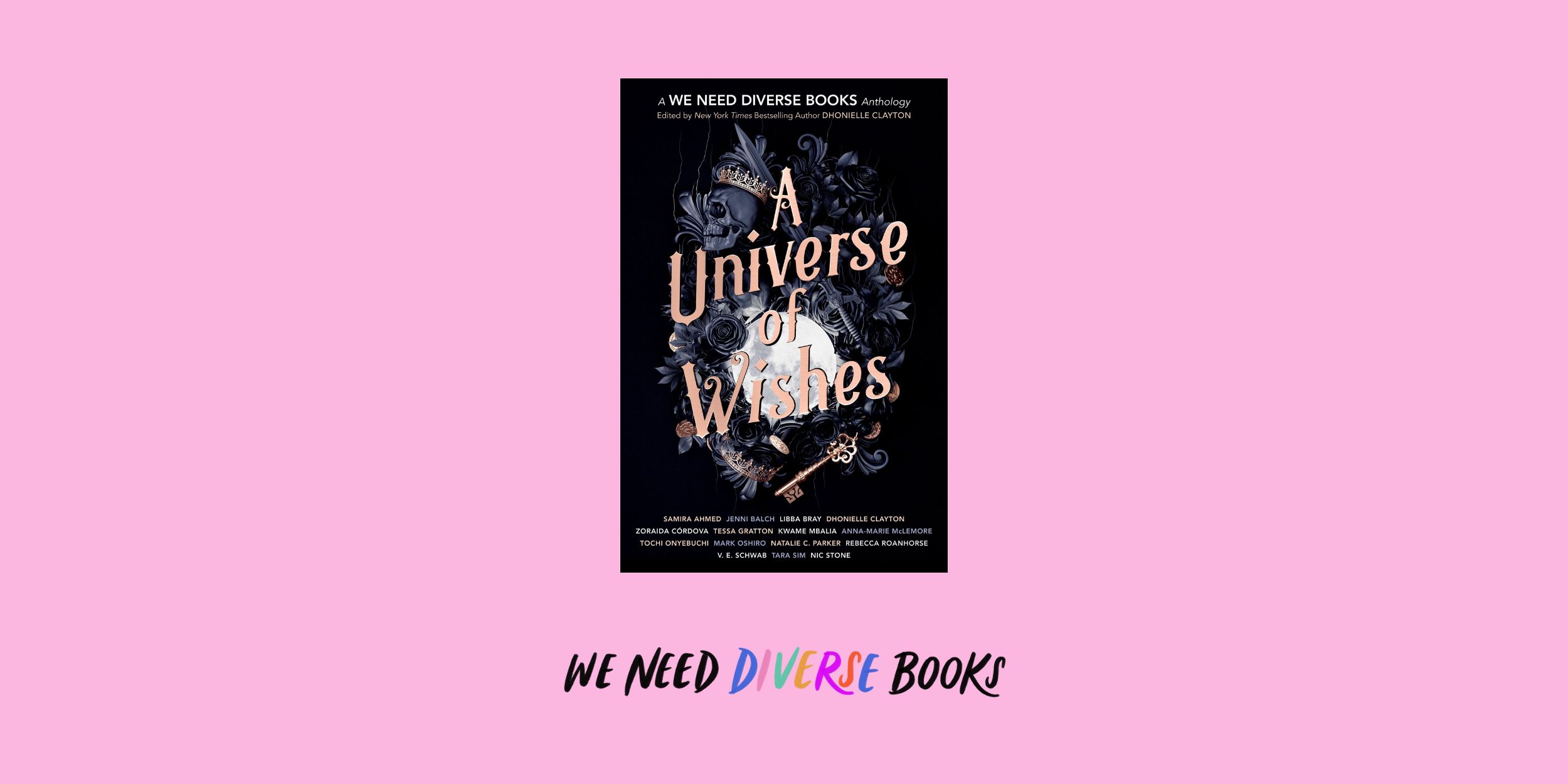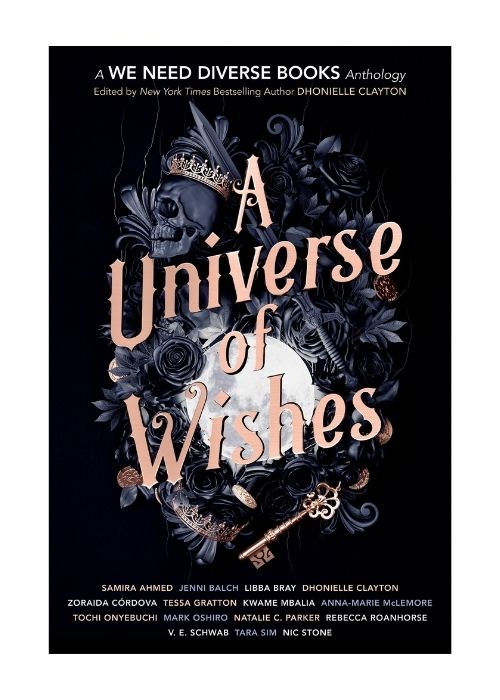
A book ban refers to when an authority, such as a school district, library board, or government entity, removes or prohibits a book from being available to students or the public. Bans may be formal (legal or policy-based) or more informal (libraries choosing not to carry a book; educators being told to remove certain titles). The reasons given are often concerns over content: sexuality, LGBTQ+ themes, race and racism, violence or inappropriate language. Sometimes it’s the author’s identity, sometimes vague policy or political pressure. These decisions restrict access to ideas, voices, and representation, a serious issue in a free society.
Censoring books undermines fundamental freedoms: freedom of expression, intellectual freedom, academic freedom. When books are removed or silenced, it limits what readers can learn, who they can identify with, and the possibility of understanding other lives. Often the voices most targeted are already marginalised, such as, LGBTQ+ people, people of color, authors who write about race, gender, sexual identity, and religious alternatives. Banning such books can perpetuate exclusion, stigma, invisibility, and ignorance.
According to WNDB, children read four more hours per week when they have access to diverse books, and studies show that better access to diverse books boosts literacy rates.
WNDB runs a suite of programs aimed at different stages of the literature ecosystem.
Mentorships & Workshops
Emerging writers/illustrators paired with mentors; workshops like the Native Writing Intensive and Revision Workshops. Helps marginalised creators develop manuscripts and navigate publishing.
Grants & Awards
The Walter Grants (for unpublished writers), Internship Grants (for those working in publishing), Books Save Lives Grant (for libraries/organisations impacted by bans), Emergency Grants (for creators in financial need).
Books for Educators
Programs like WNDB in the Classroom (giving free diverse books to low-income schools etc.), Adopt-A-Library, Bookish Care Packages. These help get inclusive books into hands of students and educators directly.
One recent example from WNDB is A Universe of Wishes (edited by Dhonielle Clayton). It’s a YA fantasy short-story anthology featuring fifteen authors (including Libba Bray, V. E. Schwab, Natalie C. Parker, etc). It has stories about misunderstood monsters, princesses who don’t need princes, voices refusing to stay silent in the face of injustice.

Recent statistics demonstrate just how widespread and growing the problem of book bans is in the US. Key findings:
In the 2023-2024 school year, PEN America recorded 10,046 instances of book bans nationwide, a near 200% increase from the prior year. These bans involved 4,231 unique titles across 2,877 authors/illustrators/translators.
As of 2024-2025, there were 6,870 instances of book bans across 23 states and 87 public school districts.
The states leading in number of bans (2024-25) include Florida (2,304 instances), Texas (1,781), and Tennessee (1,622).
The kinds of books most likely to be banned are those with LGBTQ+ themes, race or racism, issues of gender identity, or content deemed sexually explicit or are considered unsuitable for younger readers. Authors like Stephen King, Sarah J. Maas, Jodi Picoult are frequently affected.
There’s a pattern: books by or about LGBTQ+ people, people of colour, gender nonconforming characters, or those addressing race, identity, or sexuality are targeted far more than “mainstream” titles. This is for several reasons:
Content discomfort
Readers or officials may feel uneasy with topics that challenge dominant or traditional norms.
Political leverage
Censorship often aligns with political or ideological agendas, using vague language (“sexual content,” “inappropriate”) to justify removal.
Under-representation
Because marginalised authors already have fewer books in circulation, removing any of their works has a larger proportional impact.
Lack of support or protection
Policies are often ambiguous, and librarians/educators may lack legal or organisational backing to resist pressures.